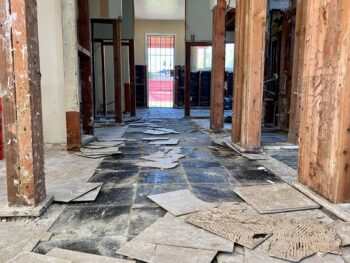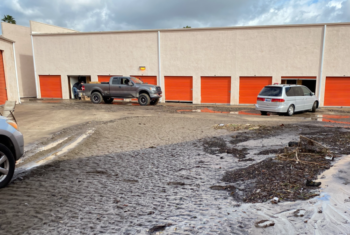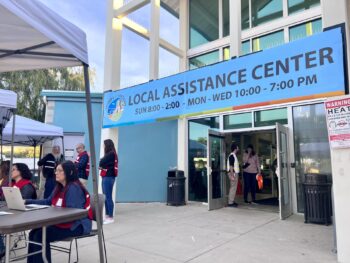The County Board of Supervisors voted unanimously Wednesday to help Ramona residents by placing parking restrictions on several neighborhood streets near the Cedar Creek Falls trails, which were closed in July after a teen died falling from the waterfall’s steep banks.
The restrictions, if approved in a second reading by the Board Oct. 12, would ban weekend and holiday visitor parking between 9 a.m. and 2 p.m. on six streets in Ramona’s San Diego Country Estates: Cathedral Way, Sugarplum Way, Thornbush Road, Love Lane, Cherish Way and Bellbottom Way.
The goal is to protect residential neighbors from being overrun by the increasing crush of people visiting the trails — and to help protect the visitors themselves by limiting access to the trails. Cedar Creek Falls has had a longstanding reputation as a scenic but difficult hiking area, with hot temperatures and steep banks that have required numerous rescues by emergency personnel over the years. But increasing numbers of ill-prepared visitors began swarming the area this summer after the service improved the trails and made access easier, until the service closed the trails in July after the teen’s tragic death.
Ramona and the San Diego Country Estates neighborhoods are in the unincorporated county and part of the County’s jurisdiction. But the Cedar Creek Falls trails are within the Cleveland National Forest and managed by the U.S. Forest Service.
County Supervisor Dianne Jacob said Wednesday that the weekend and holiday parking bans came out of meetings that she arranged among Ramona residents and several agencies, including the County’s Department of Public Works, the U.S. Forest Service, the San Diego County Sheriff’s Department, the Ramona Community Planning Group, the Ramona Trails Association and the San Diego River Conservancy.
“The parking prohibition…is part of the solution and part of the overall plan put together by the Department of Public Works and the community to help address these concerns,” Jacob said.
The parking restrictions would go into effect once the trails are re-opened. The U.S. Forest Service had tentatively scheduled that for Nov. 8.
Jacob said the Board’s vote also directed the Department of Public Works to closely monitor the effects of the parking bans so that the Board can take additional actions if necessary.




